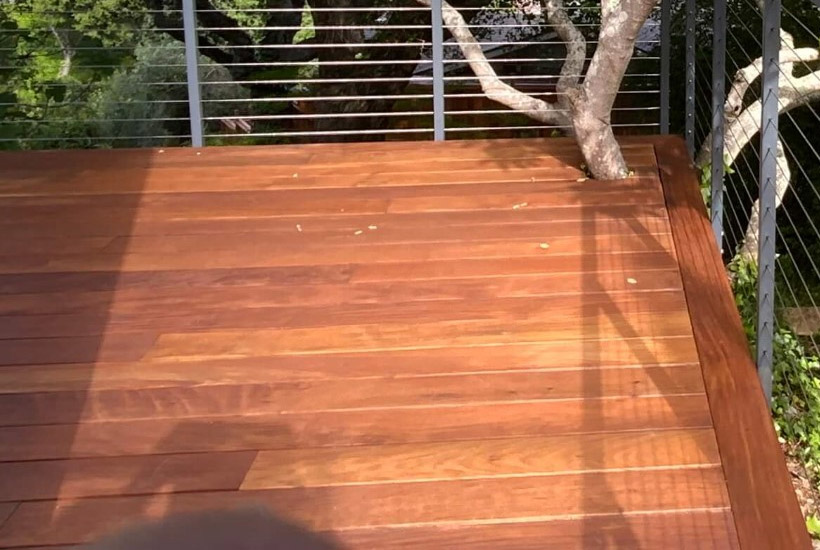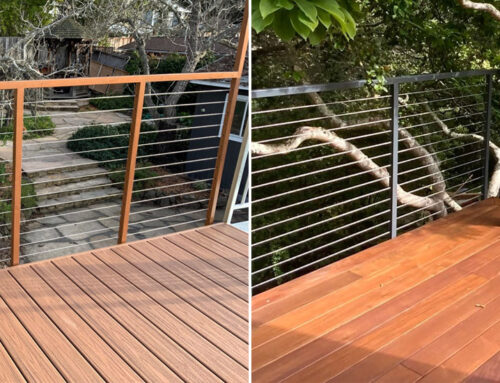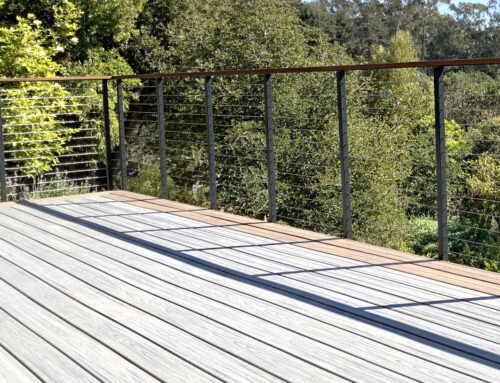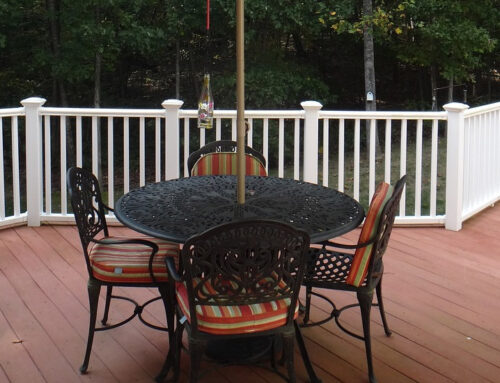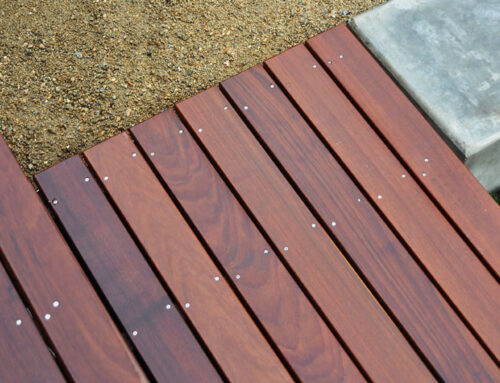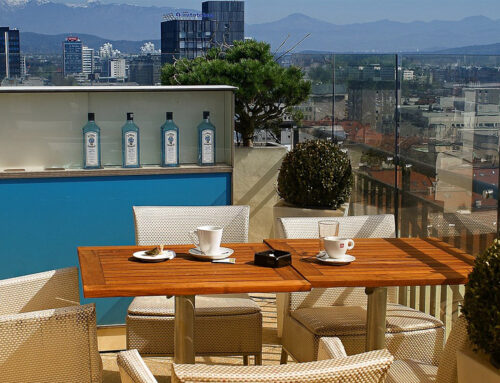Do you have a decking project lined up? Choosing quality materials is arguably the most crucial decision you’ll make building an outdoor oasis. Different situations call for different types of material, such as wood and composite decking. Each option has unique maintenance requirements, aesthetic appeal, and other vital considerations to inform your decision. The result comes down to your practical and personal preferences.
Types of Decking Materials
The most common decking materials include composite, wood, and exotic woods. Before you choose decking material, you must explore available options and understand the pros and cons of each. In addition, homeowners should consider the maintenance requirements to guarantee long-term deck aesthetics. Here are popular decking material options to narrow your decision.
Composite Decking
The word composite means different materials, meaning many different types. These materials are combined to create a unique finished product, such as wood and low-density polyethylene, or high-density polyethylene, rice hulls, and other combinations of various materials. Composite decking is resistant to scratches and elements, but performance varies by price and manufacturer.
Composite decks are low-maintenance, so you don’t have to worry about refinishing, frequent sanding, staining, or painting as wood. It is also more durable and resistant to insect damage, rot, and weathering. If you want to build a deck with eco-friendly materials that come in various styles and colors, composite is the best option.
Wood Decking
Wood is the most commonly used decking material and comes in several types, including redwood, Cedar, and pressure-treated wood. Other wood decking varieties include tropical hardwoods such as cumaru, ipe, and tigerwood. Let’s look at some of the common wood decking materials to help you narrow your selection.
Pressure-Treated Wood
Pressure-treated wood decking is the least expensive of all wood decking options. Manufacturers put Southern yellow pine through a chemical process to harden the material, making it more resistant to moisture and insects. Despite the cost-effective wood, it requires frequent maintenance, like staining or pressure washing, to look good. However, pressure-treated wood decks require sanding to prevent splinters, but eventually, the boards will warp, crack, and shrink with time.
Cedar and Redwood
Many homeowners prefer redwood and Cedar for their decks. These are lovely, aesthetically appealing, and rich in color wood options. In addition, they contain natural tannins, which make them resistant to insects and rots.
Redwood decks are more expensive than pressure-treated wood but contain similar maintenance requirements. Conversely, Cedar is more readily available and cost-effective than redwood. Prolonged exposure to UV rays fades the natural color, causing boards to split and shrink. If you choose Cedar or Redwood decking materials, prepare regular pressure washing and staining every two to three years. These maintenance requirements go a long way to preventing splits and preserving color.
Investing in a deck is essential and requires in-depth research of available options. After all, the deck is a space you will use for many years, making it worth some effort and time to make the best decision without exceeding the budget. For more information, consult the experts at Los Angeles Cable Railing and enjoy exceptional services from the experts.


